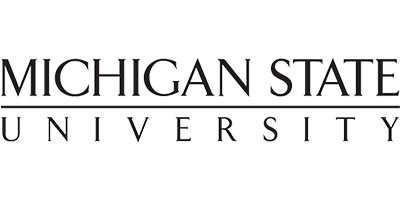
Modeling and Simulation Services
The OptimIA modeling working group offers various services to conduct modeling and simulation to answer our stakeholder hypothetical questions. Available services and contact persons are listed below.
- Indoor Farm Economic Simulation [Contact: Dr. Simone Valle de Souza]
- Lettuce Growth/Yield Simulation [Contact: Dr. Murat Kacira]
- CFD Simulation [Contact: Dr. Murat Kacira]
The Indoor farm economic analysis service offers tailored farm project economic simulations, providing clients with valuable insights into the financial aspects of their agricultural ventures. Utilizing advanced modeling techniques and drawing from research and industry-specific data, we conduct in-depth economic analyses that reveal critical information such as input costs, labor requirements, revenue projections, and profitability estimations. These analyses assist clients in making informed decisions regarding resource allocation and optimal production schedules. On a broader scale, our service empowers investors, growers, and stakeholders to develop sustainable and profitable agricultural endeavors.
→ Contact Dr. Simone Valle de Souza for more information
Table. Input and output examples for OptimIA Indoor farm economic model
| Inputs | Output |
|
|
Lettuce growth/yield simulation offers dynamic growth and yield simulations under selected environmental conditions including air temperature, lighting regimens, and CO2 concentration. The dynamic simulations will allow you to test various hypothetical conditions and what-if scenarios. The model uniquely employs the top projected plant canopy which allows simulation-based optimization of planting density, harvesting timing, as well as area-based productivity and profitability analysis.
→ Contact Dr. Murat Kacira for more information
Table. Input and output examples for OptimIA lettuce growth/yield models.
| Inputs | Output |
|
|
Indoor farming CFD (computational fluid dynamics) simulation offers predictions of 3-D distributions of temperature, CO2, humidity and airflow in your crop growing space with a given design. It also offers estimates of fan/HVAC capacities and assists users to select layout of plant growing systems and air handling systems to improve microclimate uniformity and crop productivity.
→ Contact Dr. Murat Kacira for more information
Table. Input and output examples for OptimIA indoor farming CFD model
| Inputs | Output |
|
|





